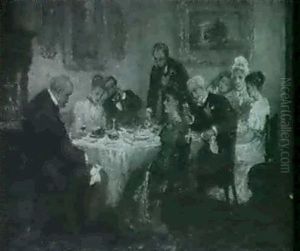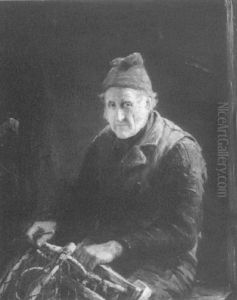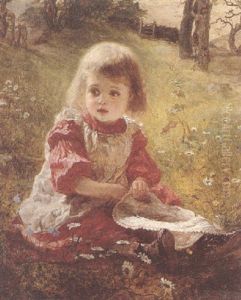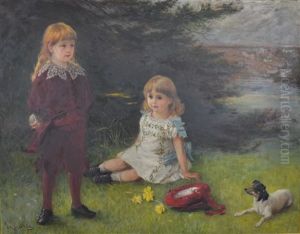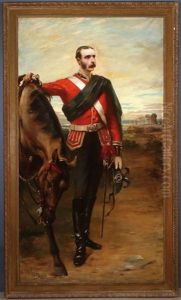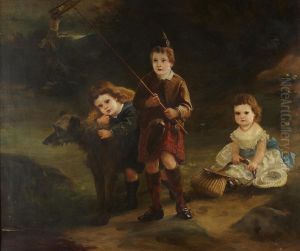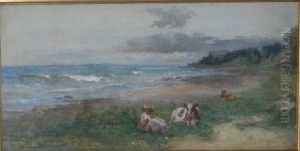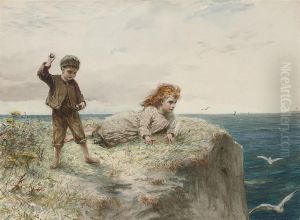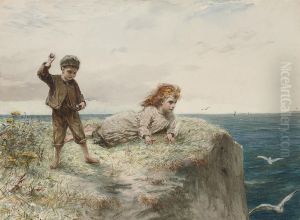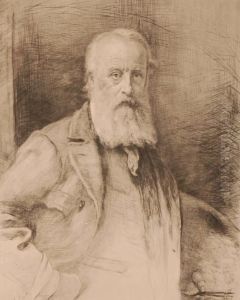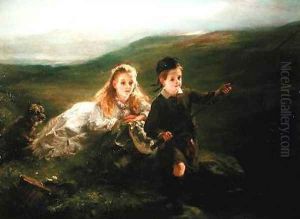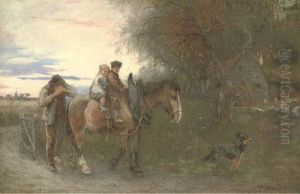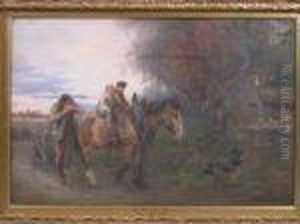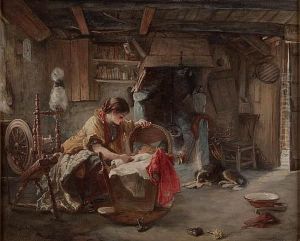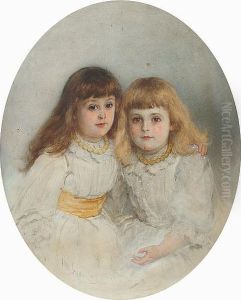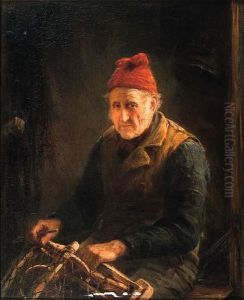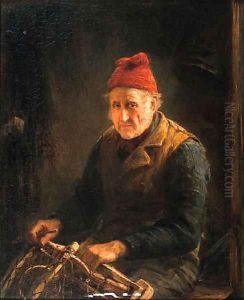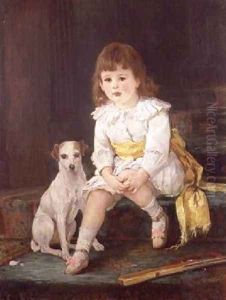Otto Leyde Paintings
Otto Leyde, a notable 19th-century Scottish artist, was born in 1835 in Hamburg, Germany, and later established his career in Scotland, where he became widely recognized for his contributions to the art world. His journey into the arts led him to Edinburgh, a city known for its vibrant cultural scene during the Victorian era. Leyde's artistic pursuits were significantly influenced by the rich artistic traditions of his adopted country, and he became an integral part of the Scottish art scene of his time.
Leyde is best remembered for his genre paintings, which often depicted scenes of everyday life with a keen eye for detail and a strong sense of storytelling. His work was characterized by its vivid realism, meticulous attention to detail, and the ability to capture the essence of his subjects with warmth and empathy. Leyde's paintings often featured domestic interiors, portraits, and social gatherings, reflecting the interests and concerns of Victorian society.
Throughout his career, Otto Leyde was actively involved in the artistic community in Scotland, contributing to the development of local art societies and exhibitions. He was a respected member of the Royal Scottish Academy, where his contributions were recognized and celebrated. Leyde's work was widely exhibited during his lifetime, both in the United Kingdom and internationally, earning him a reputation as a skilled painter and a significant figure in the Victorian art world.
Otto Leyde's legacy is preserved through his paintings, which continue to be appreciated for their historical value and artistic merit. His detailed and compassionate portrayal of Victorian life provides a valuable window into the social and cultural dynamics of the period. Leyde passed away in 1897, leaving behind a body of work that continues to be studied and admired for its contribution to the history of Scottish art.

